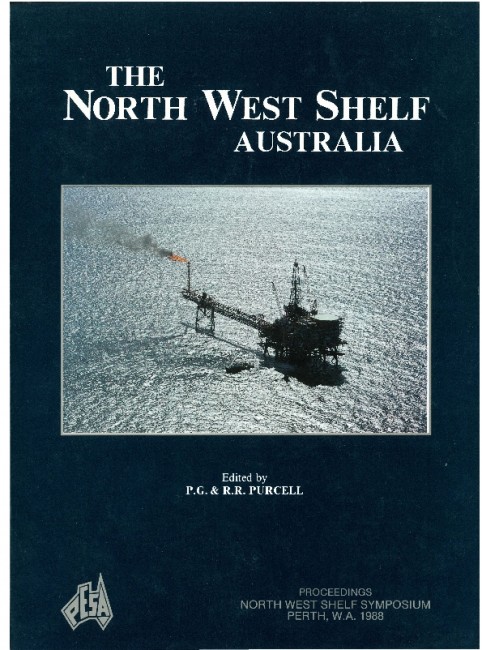Publication Name: The North West Shelf Australia
Authors: M. Apthorpe
Date Published: July 1988
Number of Pages: 41
Reference Type: Book Section
Abstract:
The depositional history of the North West Shelf is interpreted from a compilation of the palaeontology and stratigraphy of approximately 80 petroleum exploration wells. The Cainozoic sequence consists of four major sedimentary units, or cycles, three of which consist of two subunits. At any one location, facies in Cycles 1 to 3 show a progressive vertical change from deep to shallow water facies, reflecting upward and seaward progradation of the sequence. There is also a progressive change with time from clastic to carbonate facies, related to the northward drift of the Australian plate.Palaeocene Cycle 1 consists of two clastic sequences, predominantly fine-grained in the south, coarsegrained
in the north, and grading into carbonates along the northern outer margin. In the south, Eocene Cycle 2 begins as a fine clastic sequence, becomes coarsergrained in its central part, and gradually changes to a carbonate sequence by the end of the Eocene. In the north, Cycle 2 is a carbonate sequence, reflecting the palaeolatitude and climate of the area. Cycle 3 commences with mixed carbonate/ quartz silt sediments in the south, and marls in the north, changing to shallow water calcarenites by Miocene time, and terminating with intertidal deposits. Cycle 4 is predominantly a carbonate unit, of moderately deep water facies.
The timing of the cycles is controlled by global(?) sea level fluctuations, but also by the relative positions of wells on the slope or shelf of the time. Diachronism is demonstrable in the basal sediments of some cycles. From Late Oligocene time onward, the eustatic sea level changes are overprinted by the effect of tectonic downwarping along the western margin, as the Australian plate collided with South East Asia. This produced the maximum area of Cainozoic transgression during the Late Miocene-Pleistocene Cycle 4. Some inferences on the climates ofthe adjacent Australian continent can be drawn from the offshore sedimentary record.


